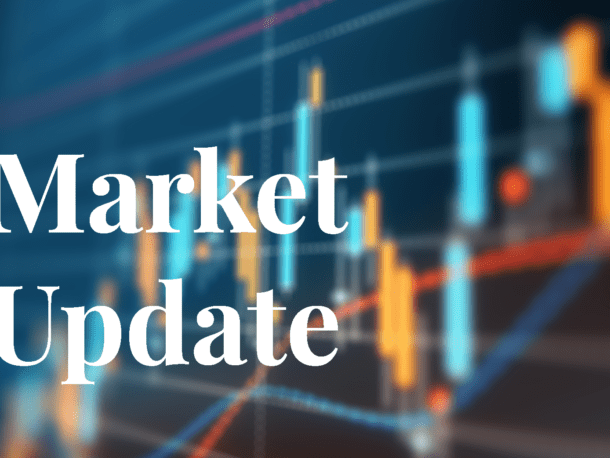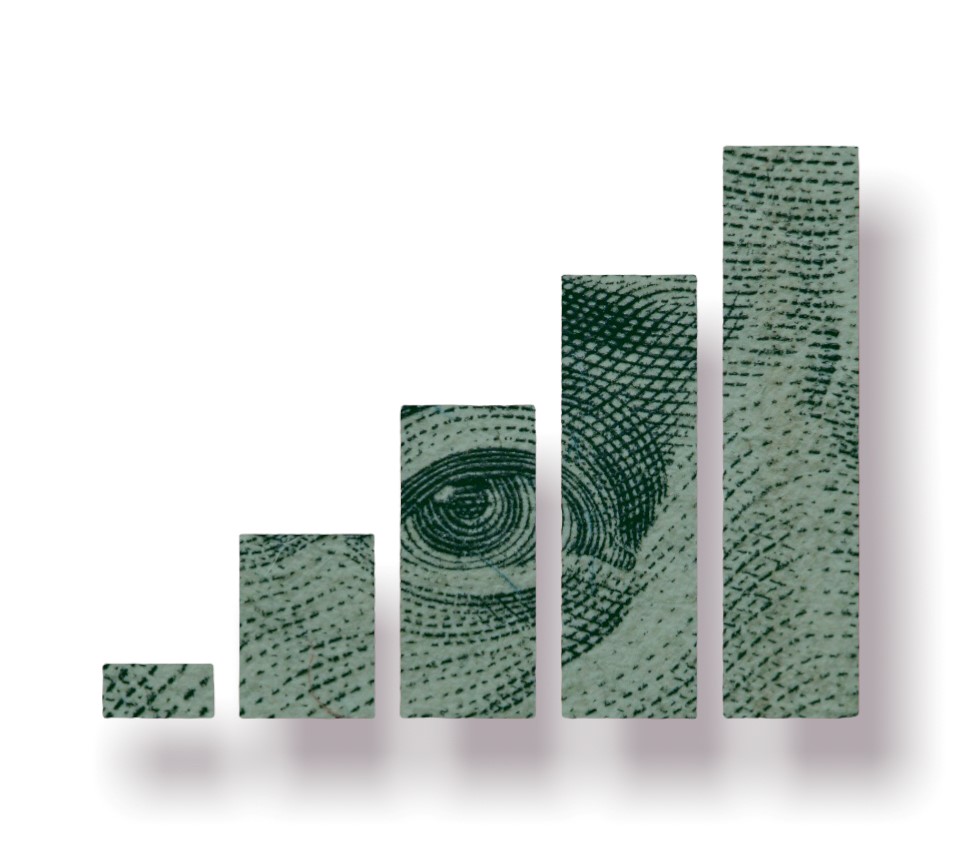Market Momentum – Will It Stay Hot?
With the S&P 500 closing up positive on Friday 3/29/24, we can now claim a second consecutive quarter of double-digit market gains. This back-to-back performance has not occurred in 12 years. Impressive gains to say the least but that’s just a part of the story. Q1 2024 was the best first quarter experienced since 2019. And the S&P 500 has been up over 22% in the last 2 quarters (and over 27% since the bottom that we experienced in late October of last year).
2023, for the most part, was a technology-driven market. If you back out the sizable gains produced by relatively small cohort of growth stocks (the “Magnificent 7”), the overall market produced fairly mediocre returns. It wasn’t until the FED implied a change in policy intent and a pause on future interest rate hikes that the rest of the market (the other 493 companies of the S&P 500) started to claw back some ground. And that ground, so far, has been maintained.
This year we continue to witness outsized returns coming from companies that will benefit from the application of Artificial Intelligence (AI). Advancements in AI have pushed names like Microsoft, Meta, Amazon and Nvidia to new highs -- as all of these companies should continue to see business model improvements & efficiencies from this technology.
So far this year, we are seeing market participation broaden. Both energy and financials are up 12% year-to-date. The communication sector has been up roughly 15% this year and the progress being made is not all relegated to just large caps. The Russell 2000 (two thousand small companies) has recently hit it’s 52-week high.
With this backdrop, what are investors to expect going forward? Will the same market leadership continue to drive performance? And what happens if certain expectations that have been driving the markets to new levels do not occur? Expectations may need to be adjusted given where we are now.



